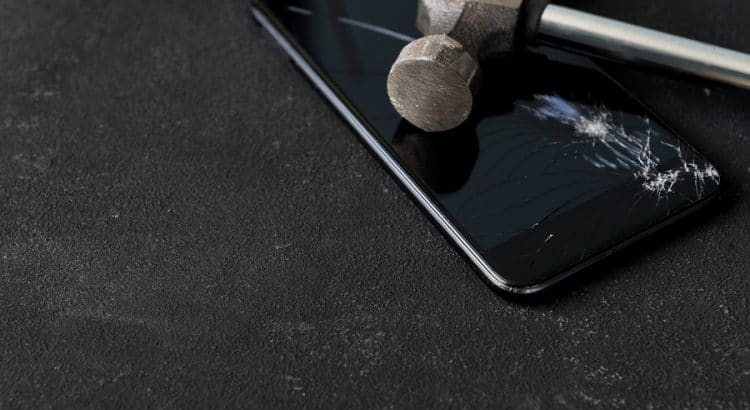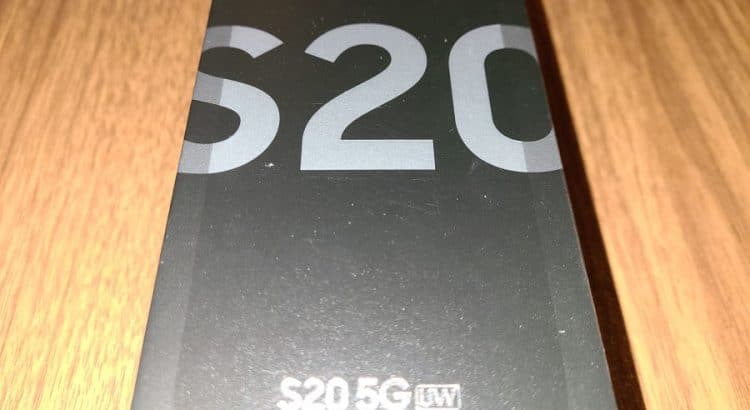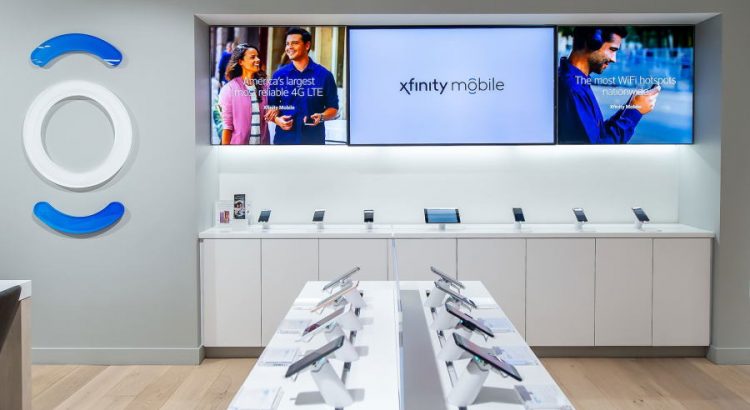A while back, AT&T began calling some its 4G service 5GE. It tricked consumers into thinking they were getting 5G when they weren’t. It was bullshit.
Now, AT&T is calling its millimeter wave (mmWave) service 5G+. In some ways, the 5G+ label could confuse consumers. Verizon’s 5G service uses pretty much exclusively mmWave right now. Verizon doesn’t call its mmWave service “5G+.” To Verizon, mmWave is just “5G.”
Still, I’m not annoyed by AT&T’s 5G+ branding. Not all 5G is the same. Lower frequency, sub-6 5G, is typically way slower than mmWave 5G. Laypeople don’t realize how different sub-6 5G is from mmWave 5G. If we want consumers to understand the difference, carriers need to help make that happen. Calling sub-6 service “5G” and mmWave service “5G+” makes a clear distinction for consumers.

















